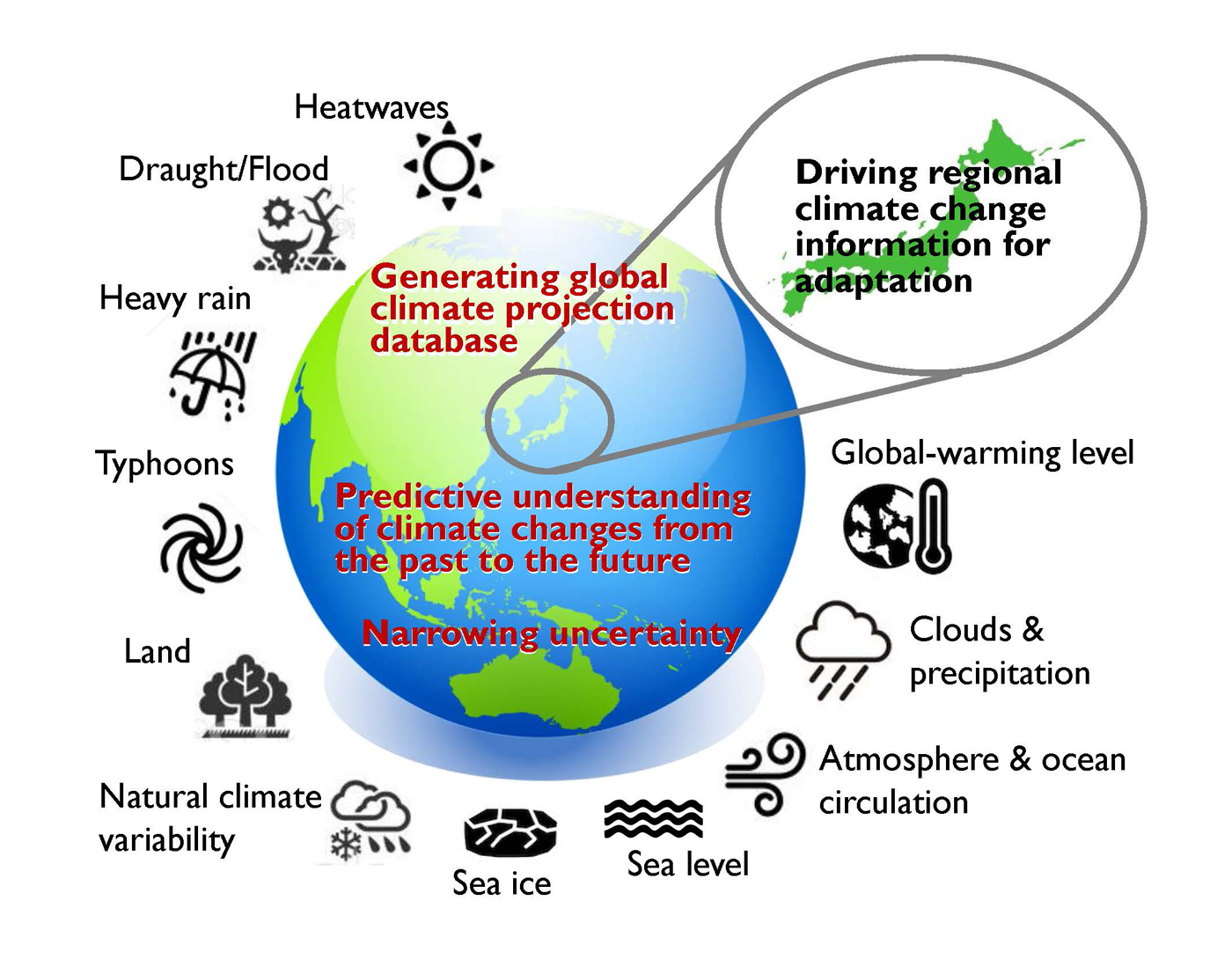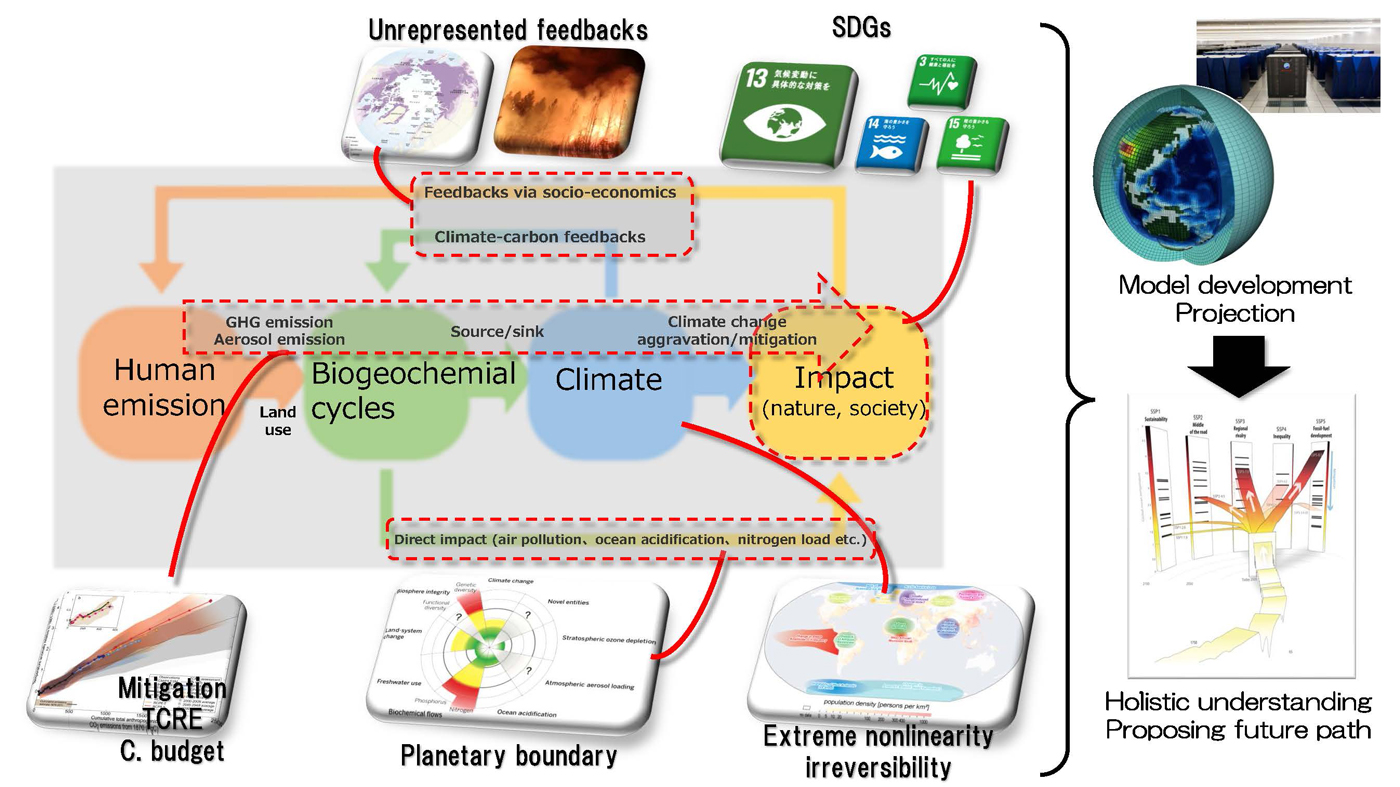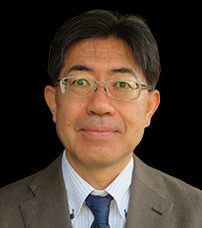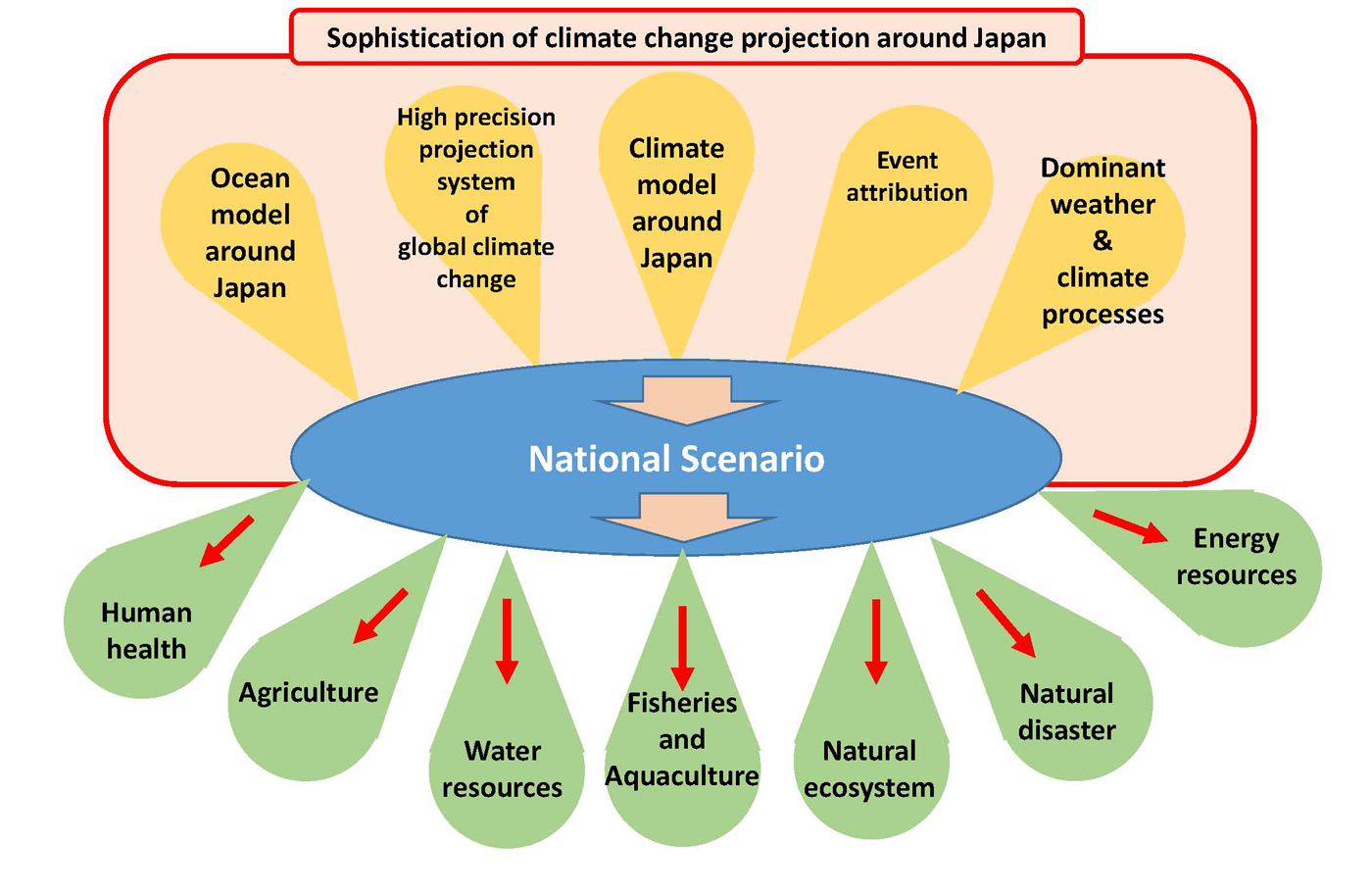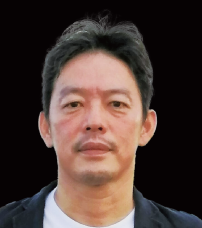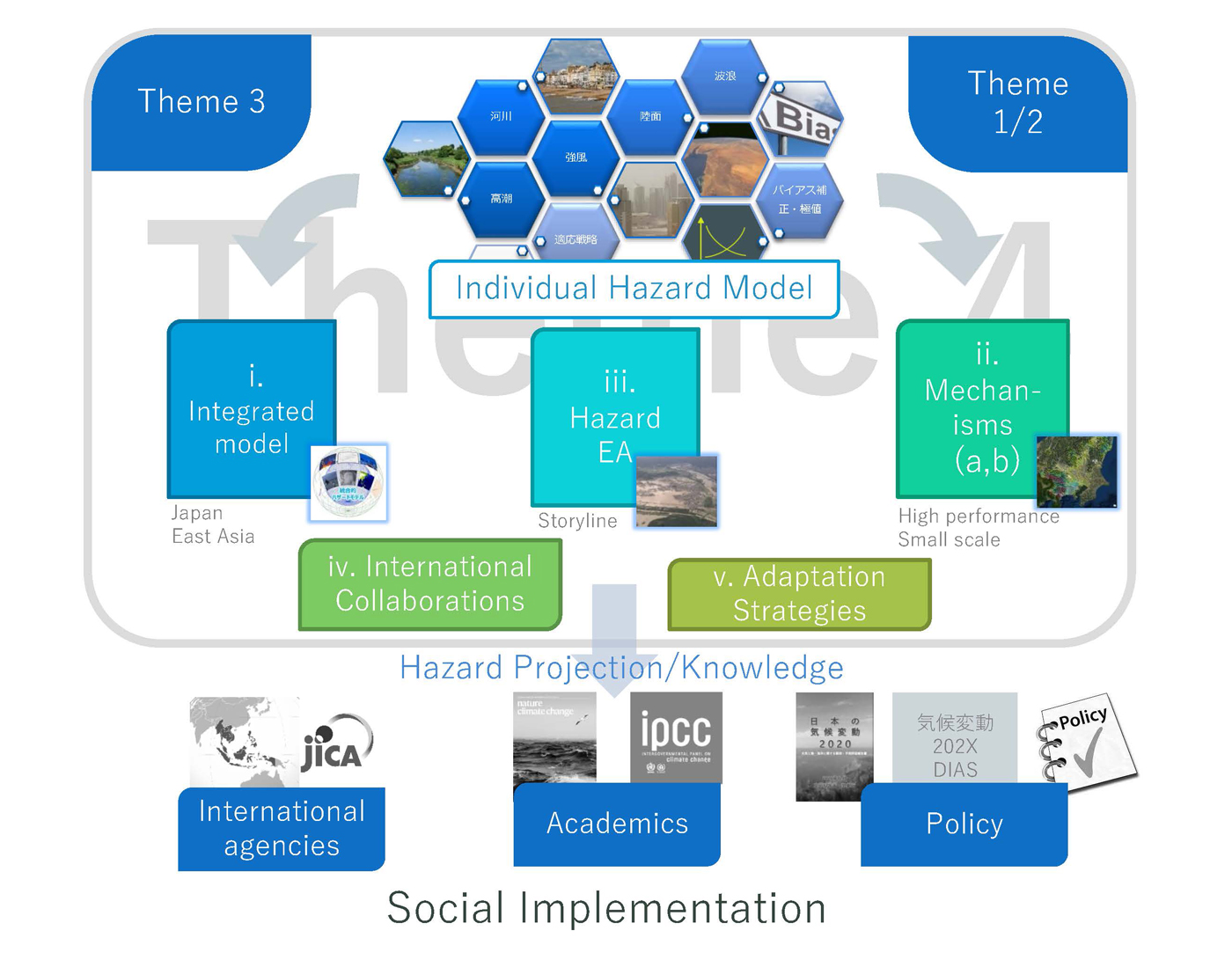The Sixth Assessment Report (AR6) of the Intergovernmental Panel on Climate Change (IPCC), issued in August 2021, concluded that human influence has unequivocally warmed the climate system. Global surface temperature has risen by 1.1°C since the preindustrial era, and is likely contributing to global increases in the frequency and intensity of extreme weather. In many developed countries, including Japan, both climate change adaptation and mitigation measures have been put in place. Mitigation is necessary to achieve carbon neutrality and the target of the Paris Agreement to limit global warming to below 1.5 or 2°C.
All climate change policies and actions are ideally based on scientific knowledge and evidence. Robust explanations of the cause of observed warming and future climate projections consistent with our understanding of past climate changes provide the basis for policies and actions. They can be obtained from climate simulations using physically-based global climate models (GCMs). Over the past 20 years, our group has led the climate modeling efforts in the MEXT research program. We developed an in-house GCM, MIROC, and have used it to simulate climate change on the Earth Simulator, generating large amounts of data publicly available. On the basis of these data, our group has also published a number of world-class research papers and contributed to the past three IPCC assessment cycles. In Research Area 1 of the SENTAN program, we intend to upgrade MIROC by using satellite products for validation. We plan to contribute to the IPCC Seventh Assessment Report (AR7) and advance our understanding of the causes of Earth system changes, particularly those aspects that were associated with low confidence levels in AR6. We will produce a database of near-term climate and greenhouse gas prediction based on an initialization technique implemented to MIROC. Our research will further improve our understanding of the mechanisms of large-scale climate change and variability, attributions of observed changes, constraints on future projections, and estimates of human influence on individual extreme weather events, also known as event attribution.
| Subject | Representative | |
|---|---|---|
| (ⅰ) Advanced studies for global climate simulations | ||
| a | Advancing prediction systems for near-term climate-carbon cycle changes | Hiroaki Tatebe Group Leader, Japan Agency for Marine-Earth Science and Technology |
| b | Understanding physical processes of climate change with a synergistic use of global models and satellite observations | Kentaroh Suzuki Professor, Atmosphere and Ocean Research Institute, The University of Tokyo |
| c | Understanding and prediction of terrestrial environmental changes | Kei Yoshimura Professor, Institute of Industrial Science, The University of Tokyo |
| (ⅱ) Attributing and Predicting Earth System Variability | ||
| a | Understanding global warming levels and reducing uncertainty in climate projections | Tomoo Ogura Head, National Institute for Environmental Studies |
| b | Mechanism understanding of past climate changes and future projections | Yu Kosaka Associate Professor, Research Center for Advanced Science and Technology, The University of Tokyo |
| c | Deepening and advancement of event attribution studies | Yukiko Imada Investigator, Japan Meteorological Business Support Center |

